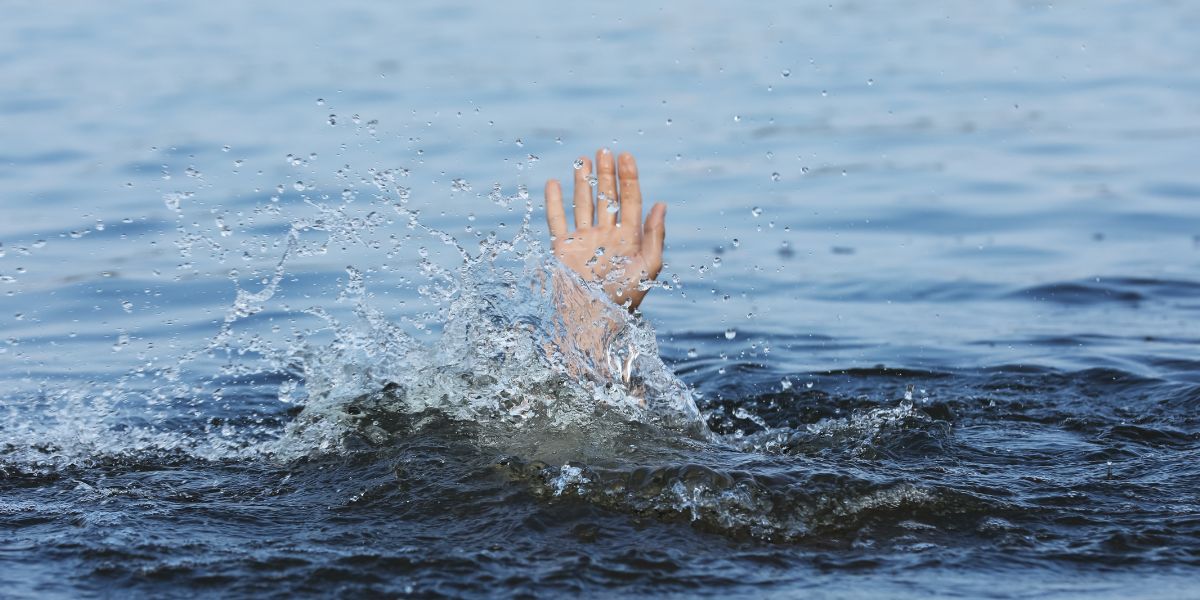 It’s easy to only think of drowning as a summer risk, when we spend most of our time in and around the water. In fact, drownings during autumn and winter are more common than many realise. Accidental falls into cold water, especially when boating, kayaking and fishing, are one of the leading causes of drowning in Western Australia each year.
It’s easy to only think of drowning as a summer risk, when we spend most of our time in and around the water. In fact, drownings during autumn and winter are more common than many realise. Accidental falls into cold water, especially when boating, kayaking and fishing, are one of the leading causes of drowning in Western Australia each year.
Cold water, especially at night, can rapidly lower body temperature, causing confusion, panic and fear, even for competent swimmers. Small children and older adults are particularly vulnerable, making exposure to cold water extremely dangerous.
The effects of cold water
Sudden immersion in cold water (below 15°C) can lead to a cold shock response where an involuntary gasp may result in inhaling water; while vasoconstriction forces the heart to work harder. For some people, this strain can cause heart problems and even cardiac arrest.
There are 3 phases to the body’s response in cold water:
Phase 1:
Rapid skin cooling triggers a sudden gasp, hyperventilation, inability to hold your breath and a spike in metabolism within the first 1 to 4 minutes of immersion.
Phase 2:
Ongoing cooling of peripheral tissues, especially in the hands and feet, reduces muscle function and overall physical performance.
Phase 3:
After 30 minutes of exposure, core temperatures can drop below 35°C leading to hypothermia and possible death.
What to do if you fall in cold water
If you suddenly find yourself submerged in cold water, your priority is to conserve heat until help arrives. Moving around or trying to swim can speed up heat loss, so it’s important to stay still and signal for assistance.
The H.E.L.P. position (Heat Escape Lessening Position) improves your ability to retain heat by reducing the amount of skin exposed. Tuck your knees to your chest, keep your arms pressed to your sides, and hold your head above the water. This protects the areas of the body that lose heat fastest: the groin, chest, and armpits.
If you are in a group, link arms to form a tight circle. Place any children or vulnerable individuals in the middle of the huddle where it’s warmest. Much like penguins huddling in the wild, this formation slows heat loss and increases the chances of survival for everyone.
Rescues and staying safe
Many would-be rescuers get into trouble because they underestimate the risks of poor weather conditions, low visibility and cold water. Here are 4 key steps to follow when performing a rescue in cold water:
- Call 000 and alert emergency services immediately.
- Talk to and reassure the person you are rescuing— encourage them to float and adopt the H.E.L.P position to reduce heat loss. Let them know help is on the way.
- From land, lie chest down on the ground to avoid being pulled in and reach out with an object such as a branch, rope or umbrella. If available, throw a buoyant aid like a rescue ring.
- Enter the water only as a last resort. Always wear a personal flotation device (PFD) like a lifejacket and bring a rescue aid with you.
When multiple people are in the water, remember that smaller and leaner individuals lose heat faster. If you’re helping after rescue, these people should be checked and treated first.
For more information about keeping safe when out and about, click the link below.

